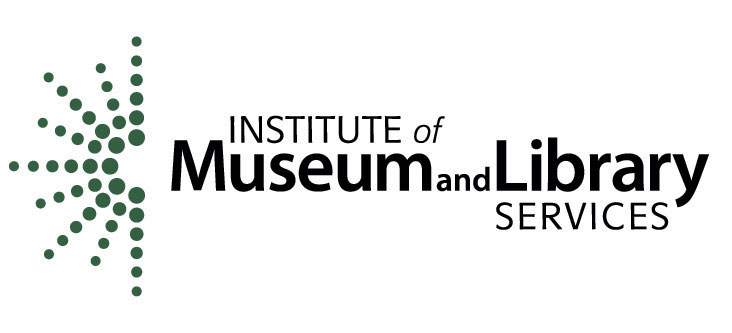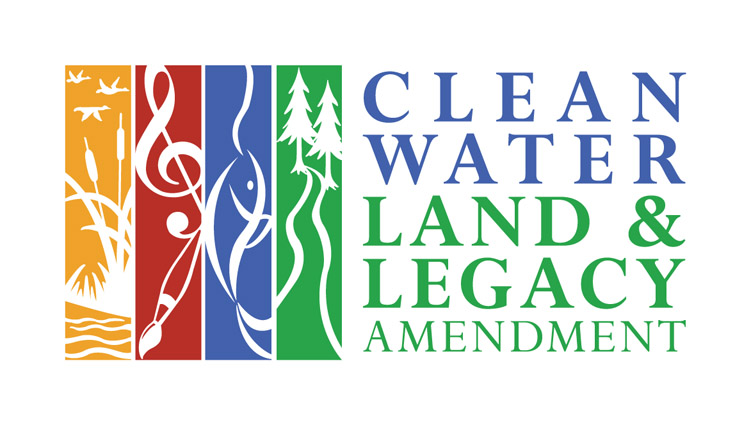St. Paul Building Permit Collection (1883-1975)
St. Paul Building Permit Collection (1883-1975) – Now Online!
This collection of index cards and permit files record permitted work performed on St. Paul houses and building from 1883-1975. These cards record the history of your house or building, including the dates and costs of original construction, additions, alterations, moves, and wrecks (demolition). The information was originally recorded by hand, then written onto cards by WPA workers in the 1930s, which were used and added to by City of St. Paul staff until 1975, when the system was computerized. Permit records after 1975 reside with the St. Paul Department of Safety and Inspections.
This project was made possible in part by the Institute of Museum and Library Services.
This project has been financed in part with funds provided by the State of Minnesota from the Arts and Cultural Heritage Fund through the Minnesota Historical Society.
Frequently Asked Questions (FAQ)
About Ramsey County Historical Society
Ramsey County Historical Society (RCHS) is a non-profit organization. Founded in 1949, RCHS accepts all sorts of collections donations that fit the collections mission and document county history, preserving the materials and providing access to the events and people of the distant, and not so distant, past.
Where did the collection come from?
The St. Paul Building Permit Collection was donated to RCHS in 2003 from the City of St. Paul and contains structures within the St. Paul city limits. This two-part collection includes index cards and permits. At the time of the donation, the index cards were stored in metal cabinets in the City of St. Paul’s Licensing and Inspection office, and the permits were stored in a wet, unsecured basement location in downtown St. Paul with no public access.
What information can be found in this collection?
The index cards and permits record permitted work on St. Paul buildings from 1883-August 1975. There are approximately 300,000 index cards and 350,000 permits. The double-sided index cards include building owner, purpose of the structure, plat information, building dimensions, work contractor, dates and costs of construction, additions (porches and garages), alterations, moves, and wrecks (demolition). There may be multiple index cards for the same address, if there were numerous changes to it, especially in the case of large business locations. Many times, the original construction permit (number) will include heating, electrical, plumbing, and plastering work*, on the same permit, depending on the era of work. The style of the permits changes as you move forward in time, becoming less descriptive in more recent years.
*Please note that there are no individual electrical, plumbing, or plastering permits. They were destroyed at some point in the past. However, the index cards do note the owner, contractor, type of work, and cost. There are also virtually no blueprints in this collection.
The index card information was originally recorded by hand in various large ledger books. In the 1930s, WPA workers transcribed the ledger contents onto the index cards, which were then added to by City of St. Paul staff until August 1975, when they used a different system. RCHS received most of those ledgers, which include listings by street name (1883-1994), by owner (1889-1913), and year (1884-1925).
The index cards are arranged by street address in numerical order, thus you can “walk down the street” when viewing the index cards, to see your neighbors and the development of neighborhoods. The building permits are organized in permit number order, which is essentially chronological by permit issuance. By noting your permit number and the year from the index card, you can then find your exact permit.
How was the project funded?
RCHS has secured a total of nine grants, totaling nearly $400,000, since 2003 to make this collection available online today at a high, archival-standard resolution. Firstly, a grant was secured to move both parts of the collection (index cards and permits) to an archivally-safe and secure RCHS storage space. Volunteers spent 3 years sorting the disorganized permits out of metal, wooden, and paper containers into acid-free boxes, and into numerical permit order. During this process, it was discovered that the permit numbering system restarted four times during the span of the collection, 1883-1975. This is why the permit number, and the year of that permit, are critical to finding your permit. Two grants were received during the processing phase to purchase acid-free paper, boxes, and other necessary supplies.
A grant paid for the index cards to be digitized in 2007. This allowed RCHS to provide better service and access for researchers, since the 185 linear feet of boxed permits were not stored in the Landmark Center, due to their volume. In 2010, the permit boxes were moved to our Mary Livingston Griggs and Mary Griggs Burke Research Center in the lower level of Landmark Center, again, thanks to a grant. This is how researchers were able to access the collection, working with a Center staff member, until December 2024.
A 3-year permit digitization project began in 2020 with funding from the Institute of Museum and Library Services and the State of Minnesota Arts and Cultural Heritage Fund. Once that work was complete, another grant from the State of Minnesota Arts and Cultural Heritage Fund system and a private funder allowed RCHS to contract Schneider Geospatial to provide the online access to the collection that is now available.
What if I can’t find the permit I am looking for?
RCHS received the collection “as is” in 2003. Everything that was donated has been fully processed and put online. On occasion, index cards and building permits for a particular address are simply missing. However, we may still be able to find your permit using the ledgers, which pre-date the index cards. There are other reasons you may not find an address, as it is known to you today. First, always double check that you have noted the exact permit number and year of that permit. Street names have changed over time, so have the routes of many streets. We have plat books, name change indices, and other resources that can assist in these cases. Is your property on a corner? Sometimes the cross street is where the permitted work was recorded, even though that’s not your address today.
Is there a fee to access the collection online?
There is a small fee for 24 hours of access to the entire permit collection, now conveniently accessible from home. The fees increase based on use for a week, month or year, starting at $5 one day and $400 for 365 days, depending on your needs. This small fee does go towards offsetting the data management and storage and is likely less that you’d spend to visit the physical records in the Mary Livingston Griggs and Mary Griggs Research Center. You may visit the Mary Livingston Griggs and Mary Griggs Research Center during open hours (M-Th, 1p-5p) to search the records free of charge.
How do I access the collection online?
Visit our website at RCHS.com/Collections and scroll down to the Access Permits Here button. From there you can create an account and choose the number of days you’d like access to the collection. We are still available to you, should you have any troubles or questions, or simply want to look at the ledgers for more information. Contact us at [email protected] or 651-204-1283 and we will be happy to assist you.

